Back to Courses
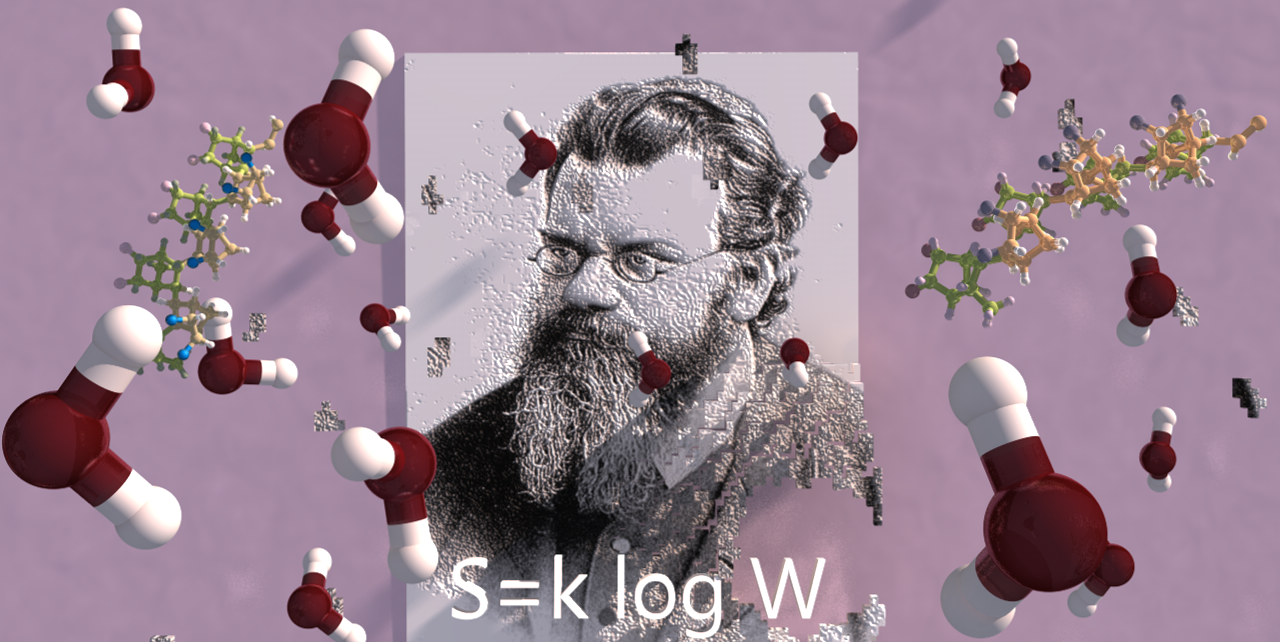

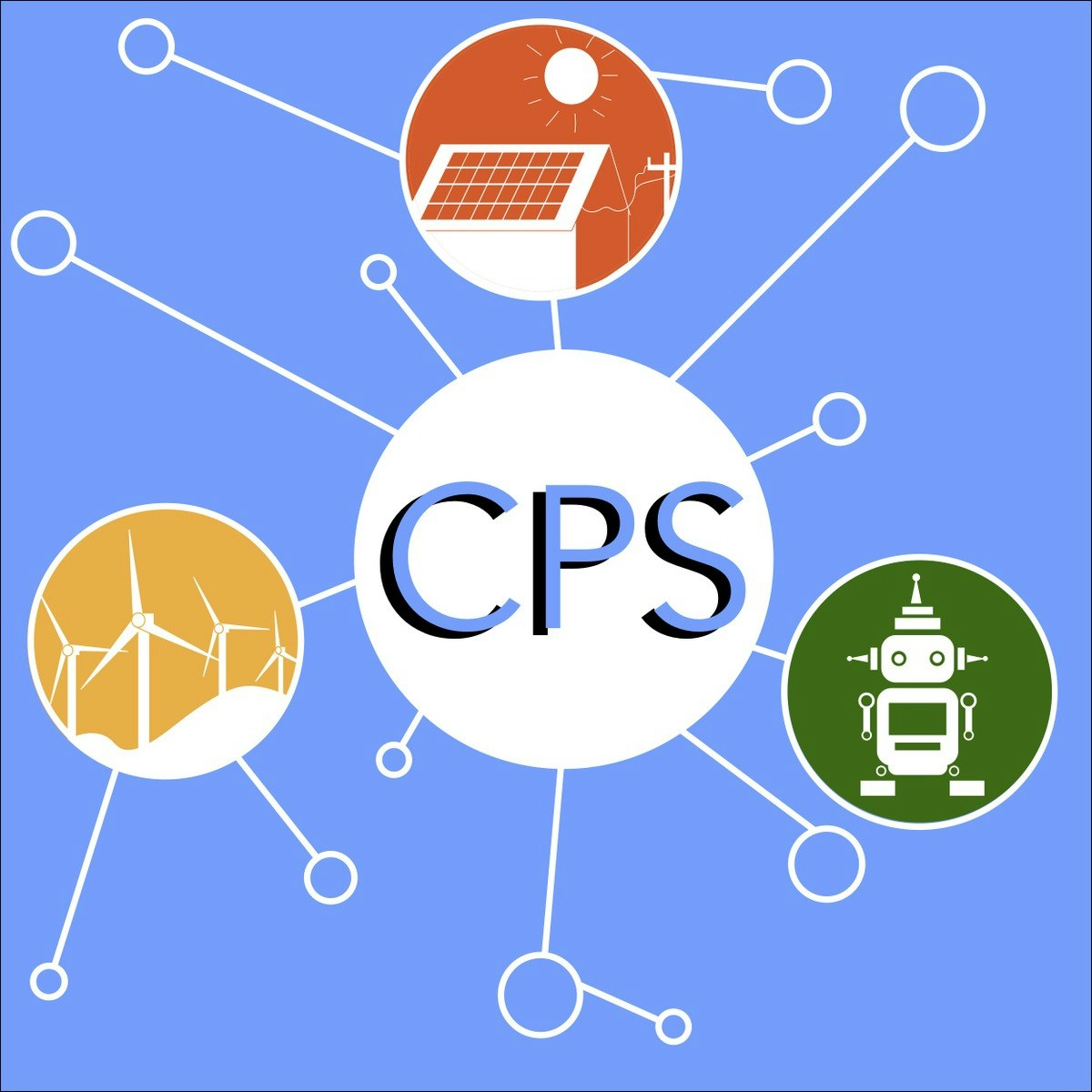
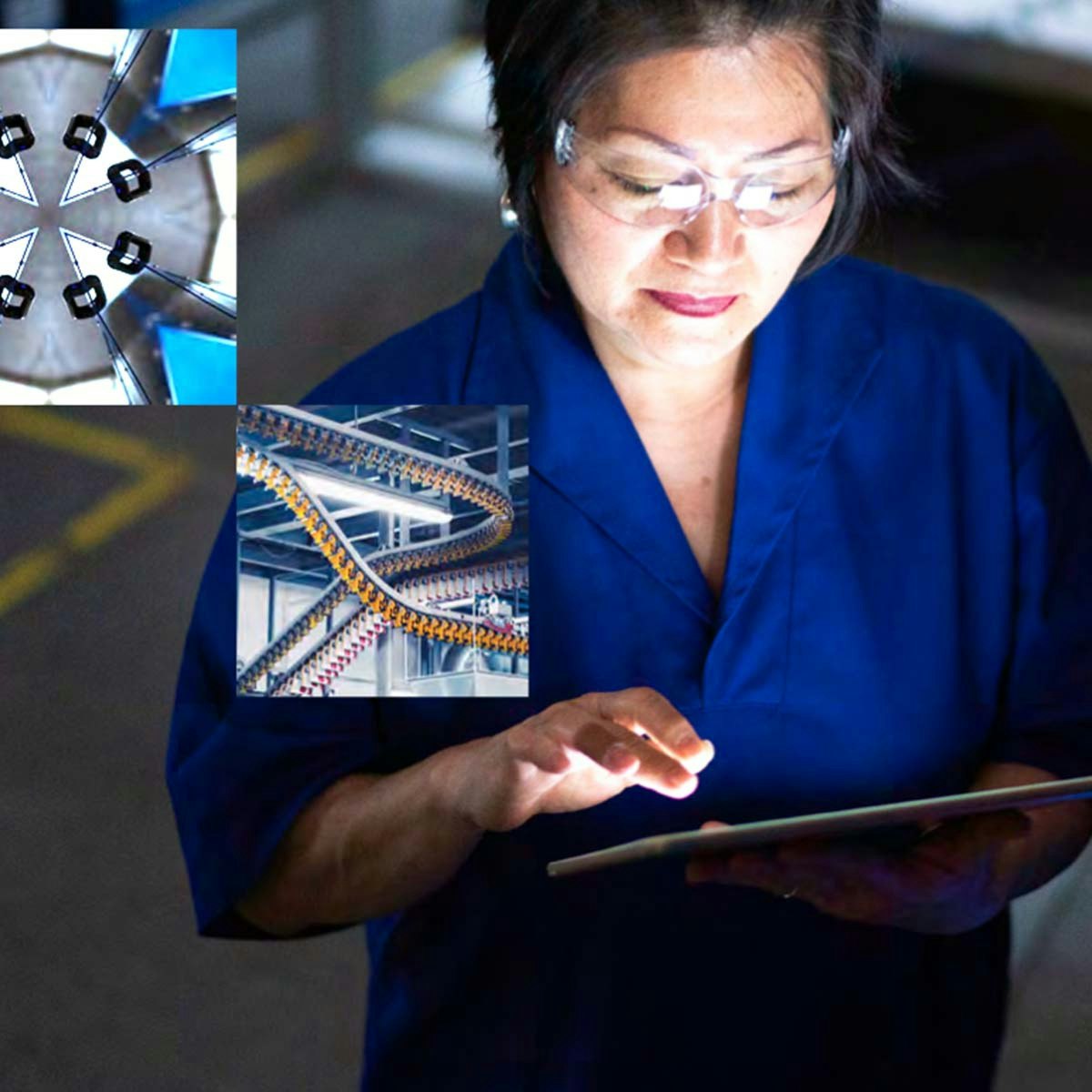
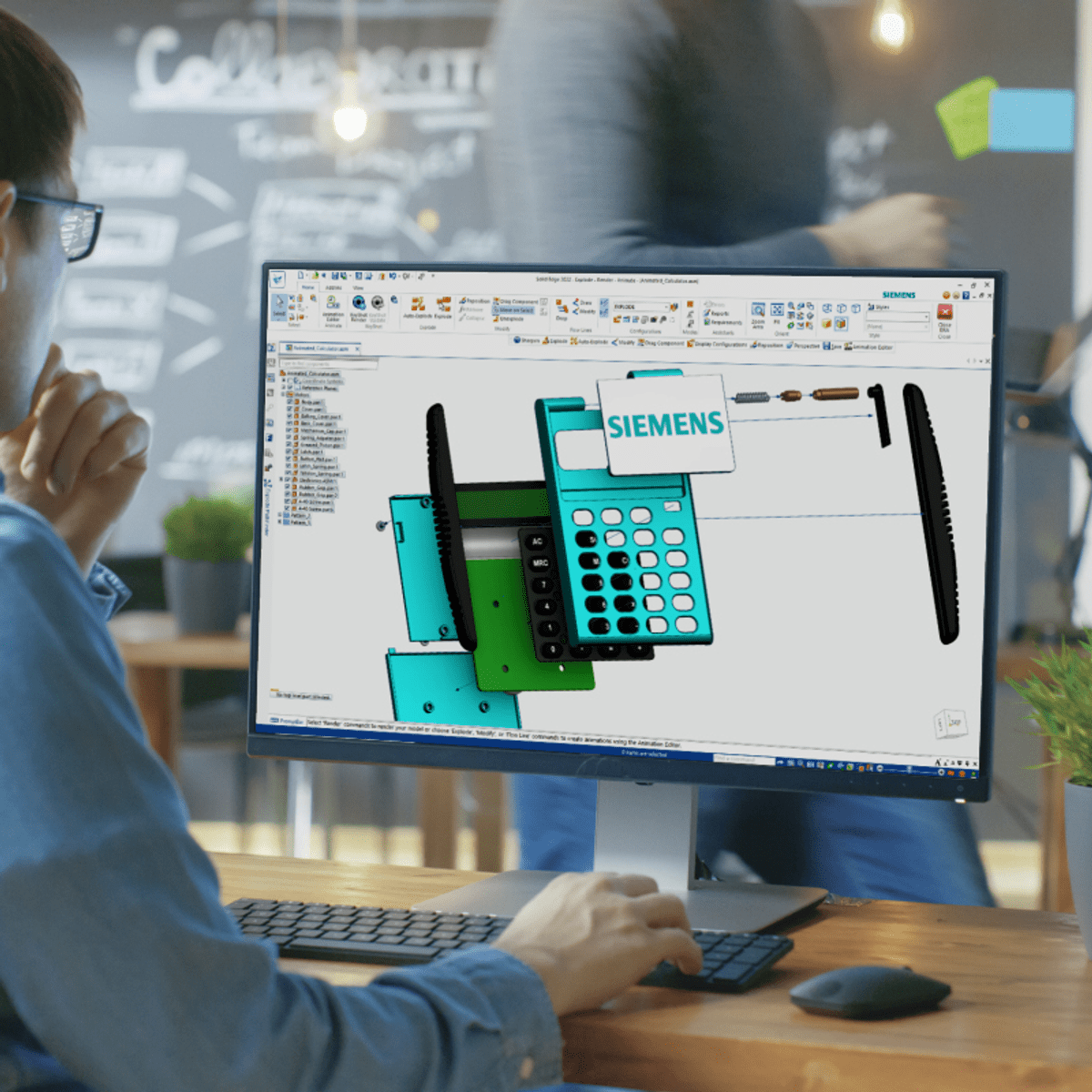
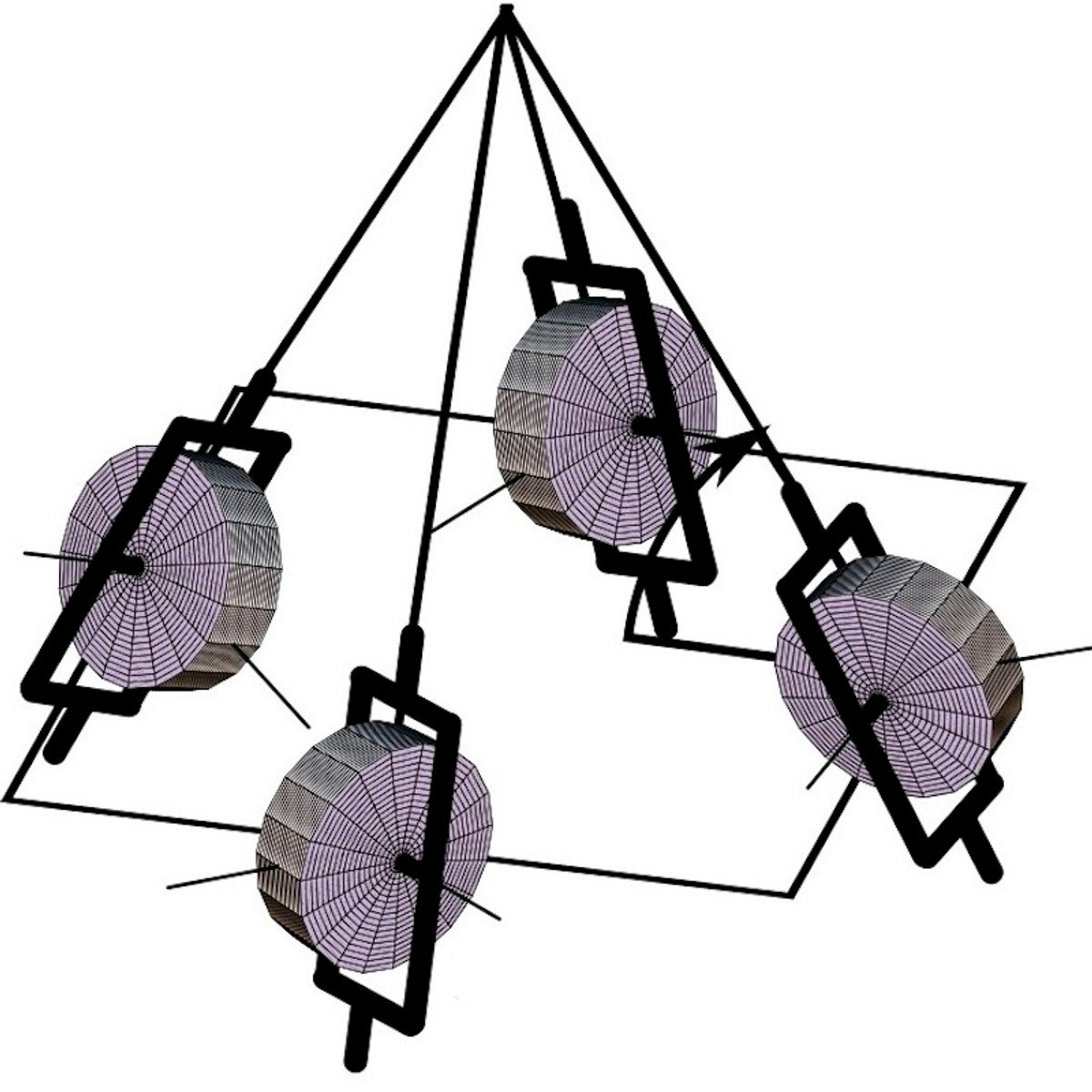


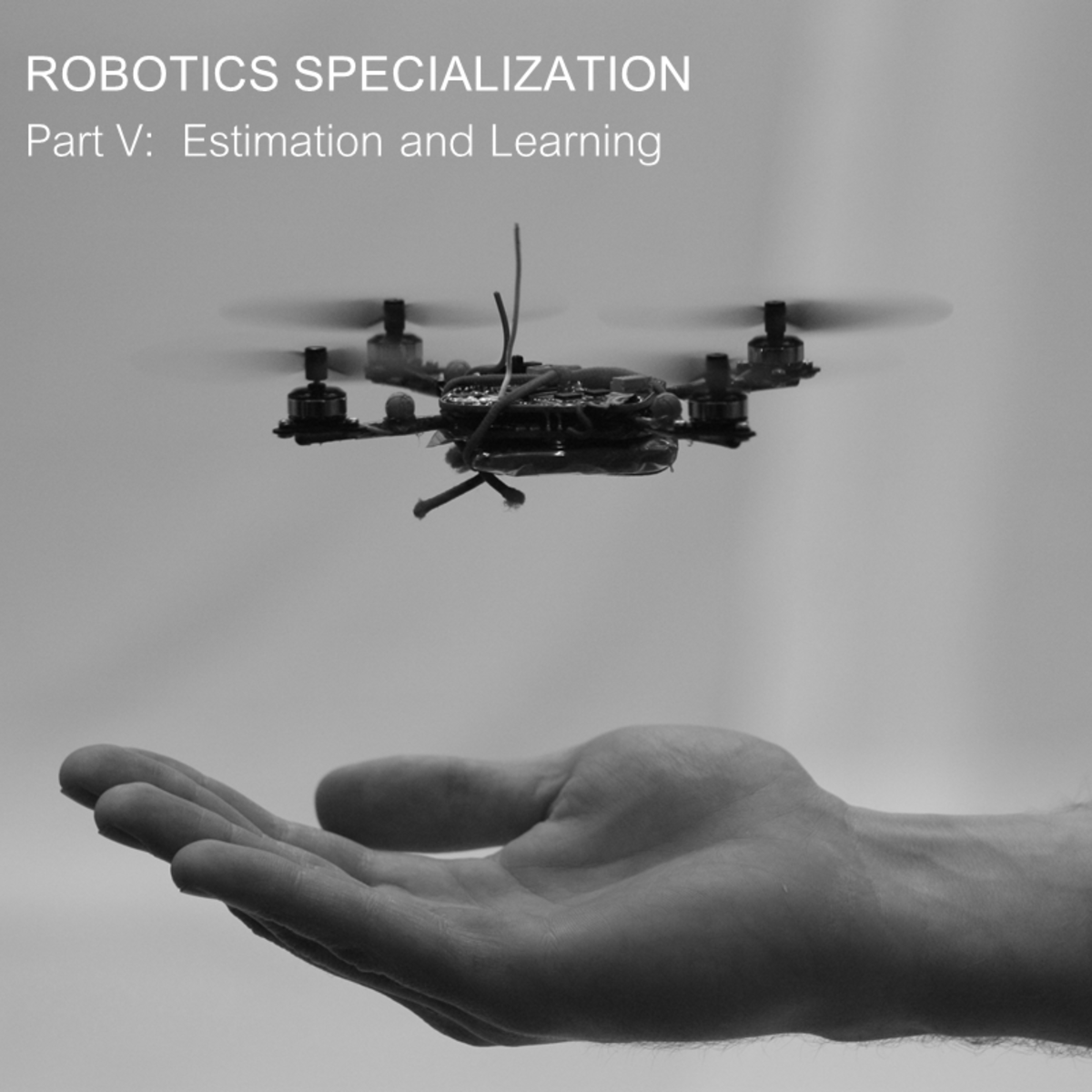
Mechanical Engineering Courses - Page 8
Showing results 71-80 of 148

Ideal Gases
Course 3 of Statistical Thermodynamics, Ideal Gases, explores the behavior of systems when intermolecular forces are not important. This done by evaluating the appropriate partition functions for translational, rotational, vibrational and/or electronic motion. We start with pure ideal gases including monatomic, diatomic and polyatomic species. We then discuss both non-reacting and reacting ideal gas mixtures as both have many industrial applications. Computational methods for calculating equilibrium properties are introduced. We also discuss practical sources of ideal gas properties. Interestingly, in addition to normal low density gases, photons and electrons in metals can be described as though they are ideal gases and so we discuss them.

Statistical Thermodynamics: Molecules to Machines
Modern engineering research focuses on designing new materials and processes at the molecular level. Statistical thermodynamics provides the formalism for understanding how molecular interactions lead to the observed collective behavior at the macroscale.
This course will develop a molecular-level understanding of key thermodynamic quantities like heat, work, free energy and entropy. These concepts will be applied in understanding several important engineering and biological applications.

BIM Fundamentals for Engineers
The course is designed for students to learn the essential concepts of BIM, and the basic technical skills to create and manipulate a BIM model. Those skills include how to retrieve information from a BIM model and how to use common modeling tools.

Cyber-Physical Systems: Modeling and Simulation
Cyber-physical systems (CPS for short) combine digital and analog devices, interfaces, networks, computer systems, and the like, with the natural and man-made physical world. The inherent interconnected and heterogeneous combination of behaviors in these systems makes their analysis and design an exciting and challenging task.
CPS: Modeling and Simulation provides you with an introduction to modeling and simulation of cyber-physical systems. The main focus is on models of physical process, finite state machines, computation, converters between physical and cyber variables, and digital networks. The instructor of this course is Ricardo Sanfelice (https://hybrid.soe.ucsc.edu), Associate Professor in the Department of Computer Engineering at the University of California Santa Cruz.

Machine Teaching for Autonomous AI
Just as teachers help students gain new skills, the same is true of artificial intelligence (AI). Machine learning algorithms can adapt and change, much like the learning process itself. Using the machine teaching paradigm, a subject matter expert (SME) can teach AI to improve and optimize a variety of systems and processes. The result is an autonomous AI system.
In this course, you’ll learn how automated systems make decisions and how to approach building an AI system that will outperform current capabilities. Since 87% of machine learning systems fail in the proof-concept phase, it’s important you understand how to analyze an existing system and determine whether it’d be a good fit for machine teaching approaches. For your course project, you’ll select an appropriate use case, interview a SME about a process, and then flesh out a story for why and how you might go about building an autonomous AI system.
At the end of this course, you’ll be able to:
• Describe the concept of machine teaching
• Explain the role that SMEs play in training advanced AI
• Evaluate the pros and cons of leveraging human expertise in the design of AI systems
• Differentiate between automated and autonomous decision-making systems
• Describe the limitations of automated systems and humans in real-time decision-making
• Select use cases where autonomous AI will outperform both humans and automated systems
• Propose an autonomous AI solution to a real-world problem
• Validate your design against existing expertise and techniques for solving problems
This course is part of a specialization called Autonomous AI for Industry, which will launch in fall 2022.

Introduction to Solid Edge
The Introduction to Siemens Solid Edge software will enable you to learn basic design concepts in both 2D and 3D environments using Computer-Aided Design (CAD) software. The concepts include 2D sketches, basic shapes, 3D models, and simple assemblies. You’ll gain experience using commands such as extrude, revolve, rounds, blend, and thinwall to more efficiently design solid models. Additionally, you’ll learn about drafting concepts such as detailing, drawing view, section cuts, and design intent. Finally, you will learn how to rapidly edit CAD files imported from other software applications. This course provides an introduction to Solid Edge that will also help you to prepare for the Solid Edge Mechanical Associate certification exam.
At the end of the course, you should be able to:
-Identify key Solid Edge Features.
-Recognize key principles of design with Solid Edge.
-Perform basic modeling concepts such as sketching, basic shapes, geometric relationships, and constraint.
-Identify basic 3D modeling concepts as well as best practices for more efficient modeling using concepts such as extrude, revolve, rounds, blend, and Thin Wall.
-Increase proficiency using Solid Edge features such as command finder, design intent, sketch plane, loft, and pattern features.
-Use essential skills for building and working with assemblies, such as how to open parts from assemblies, place paths, align, add motion, and work with assembly relationships.
-Identify how to edit in different Solid Edge environments such as drafting and increase efficiency working with imported data from other CAD software applications.
-Practice and prepare for the Solid Edge Associate Level Certification Exam.
This course has no formal prerequisites. Anybody with an interest in learning to use CAD software can take this course.
To successfully complete this course, you will download a free version of Solid Edge software and utilize the course files provided.
Advanced Capstone Spacecraft Dynamics and Control Project
This capstone course is the 3rd and final course of the specialization Advanced Spacecraft Dynamics and Control. It assumes you have completed the prior courses on "Attitude Control with Momentum Exchange Devices" and "Analytical Mechanics for Spacecraft Dynamics". This project course investigates the dynamics of a complex spacecraft system where there is a rigid hub onto which a hinged panel is attached. This simulates a spacecraft with a time varying geometry.
First, the three-dimensional kinematics of this system are explored. Analytical relationships of the body and panel position and velocity states are derived, and the center of mass properties of this system are explored.
Next, a simplified system is used to use Lagrange's equations of motion to predict the dynamical response. With these differential equations we are then able to apply attitude control torques and investigate the rotational response if the spacecraft hub has a spring-hinged panel attached. Two open-loop control torque solutions are investigated. The classical minimum time bang-bang control solution is applied first, illustrating how such a control can yield unwanted panel oscillations. Finally, a filtered version of the bang-bang control is applied to illustrated how the panel oscillations can be significantly reduced at the cost of a slightly longer nominal maneuver time.

New Space: Access to space - Basics
The spirit of NewSpace is revolutionizing our vision of access to space. Reading keys will enable you to understand the technological and strategic challenges in games with new rules, fixed by ambitious players. Combine the new technologies and management of space access with the classical paradigm of the existing space context.
It is difficult to give a definition of the New Space, but we can say that there are several aspects that characterize the New Space and access to space in the New Space: innovation, private actors, reducing the price of access to space, space for all, awareness of societal challenges.
In this course, you will first acquire basic knowledge to understand how to access space. This will concern mission analysis, launchers, and rocket engines design. This introductory information will help you to understand what characterizes space access in the New Space in relation to three main aspects:
1. Methodologies of design, development, and production of launchers and rockets
2. Innovative technologies
3. Sustainable space with the future development of green launchers, towards a green space

Designing Autonomous AI
When children learn how to hit a baseball, they don’t start with fastballs. Their coaches begin with the basics: how to grip the handle of the bat, where to put their feet and how to keep their eyes on the ball. Similarly, an autonomous AI system needs a subject matter expert (SME) to break a complex process or problem into easier tasks that give the AI important clues about how to find a solution faster.
In this course, you’ll learn how to distill a business challenge into its component parts by creating an autonomous AI design plan. Using lessons, goal setting, skills, strategies and rewards, you’ll incorporate your SME’s knowledge directly into your AI’s “brain,” the agent that powers your autonomous system. You'll learn when and how to combine various AI architecture design patterns, as well as how to design an advanced AI at the architectural level without worrying about the implementation of neural networks or machine learning algorithms.
At the end of this course, you’ll be able to:
• Interview SMEs to extract their unique knowledge about a system or process
• Combine reinforcement learning with expert rules, optimization and mathematical calculations in an AI brain
• Design an autonomous AI brain from modular components to guide the learning process for a particular task
•. Validate your brain design against existing expertise and techniques for solving problems
• Produce a detailed specifications document so that someone else can build your AI brain
This course is part of a specialization called Autonomous AI for Industry, which will launch in fall 2022.

Robotics: Estimation and Learning
How can robots determine their state and properties of the surrounding environment from noisy sensor measurements in time? In this module you will learn how to get robots to incorporate uncertainty into estimating and learning from a dynamic and changing world. Specific topics that will be covered include probabilistic generative models, Bayesian filtering for localization and mapping.
Popular Internships and Jobs by Categories
Find Jobs & Internships
Browse
© 2024 BoostGrad | All rights reserved